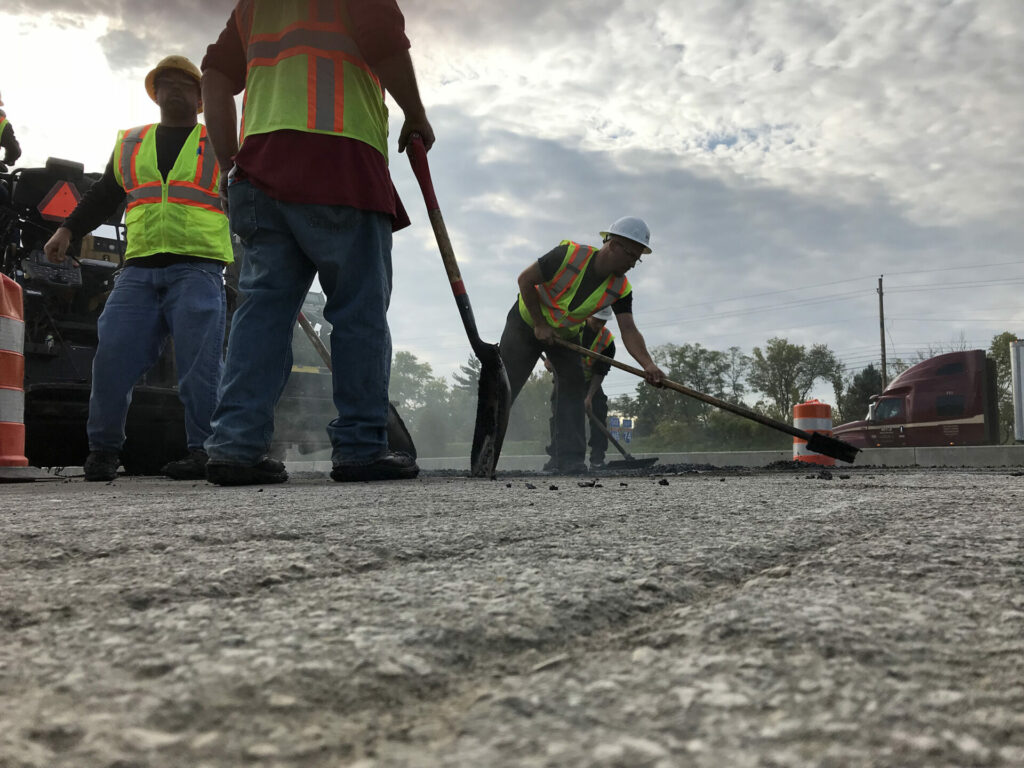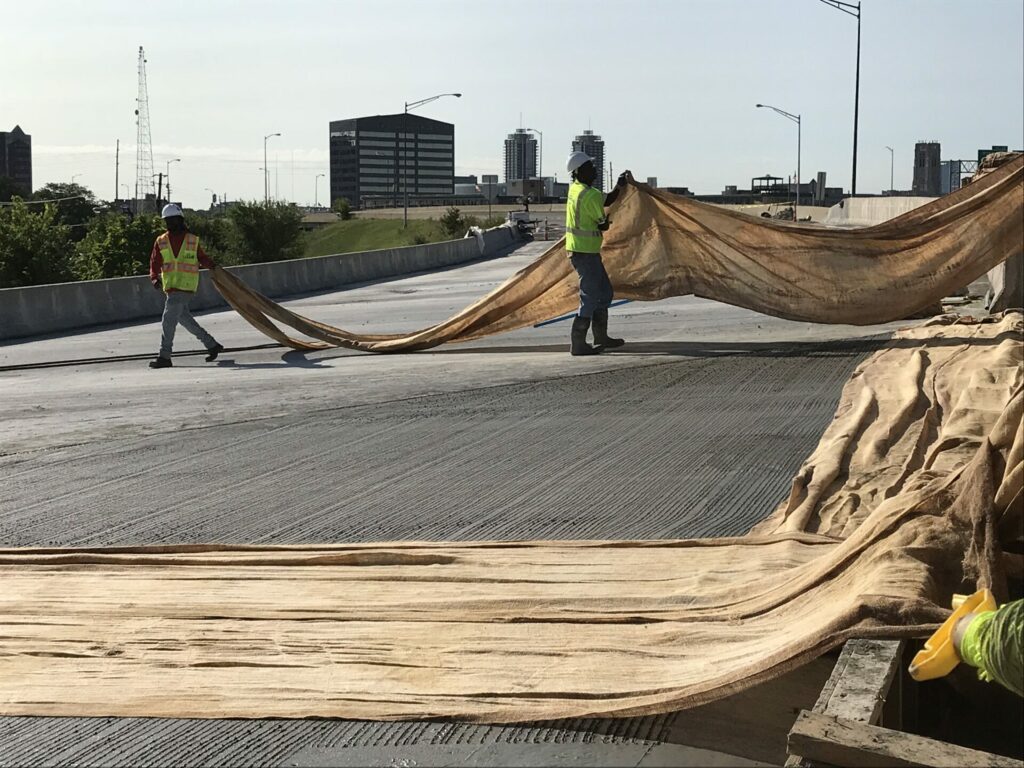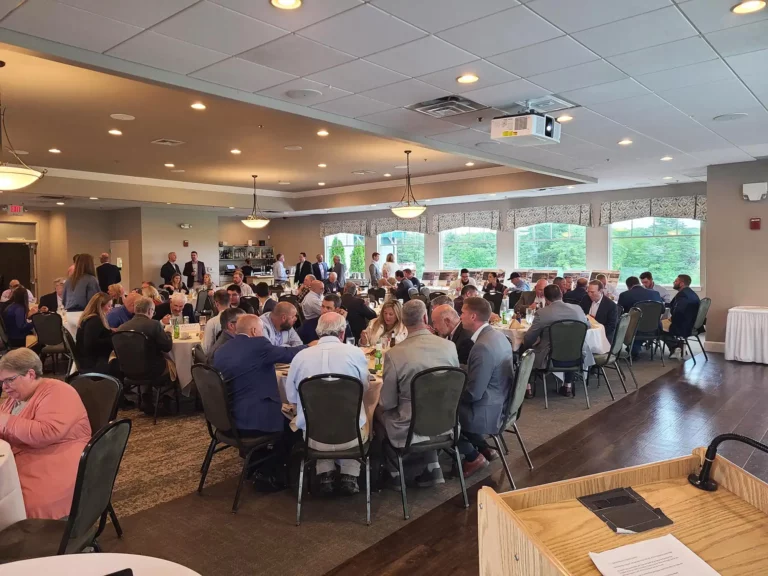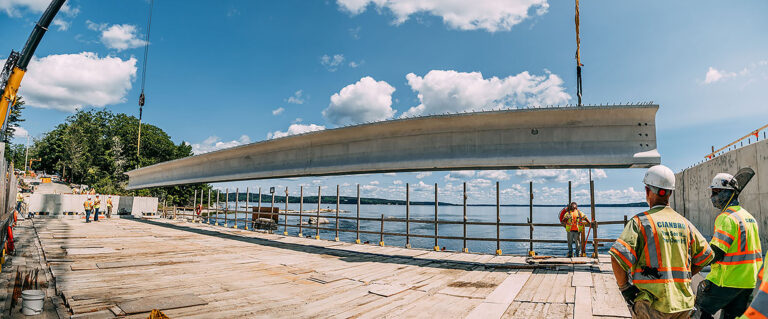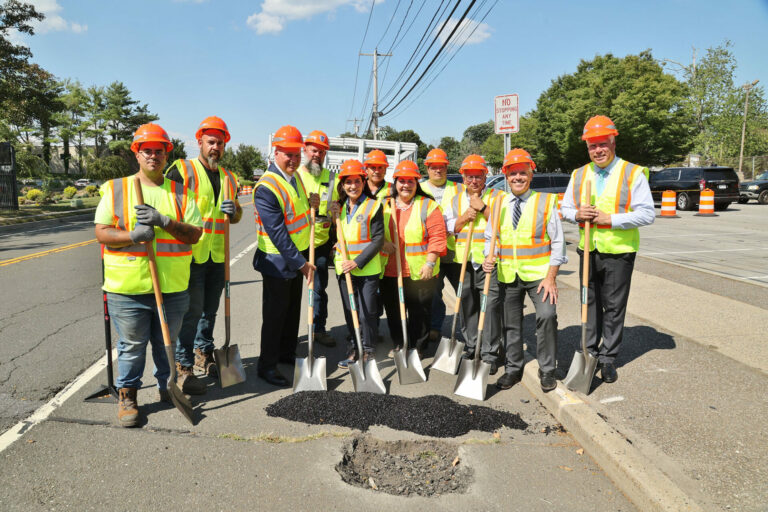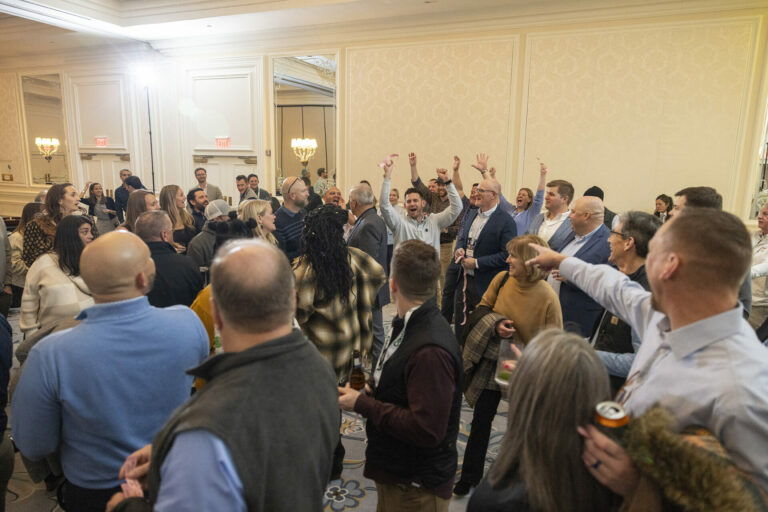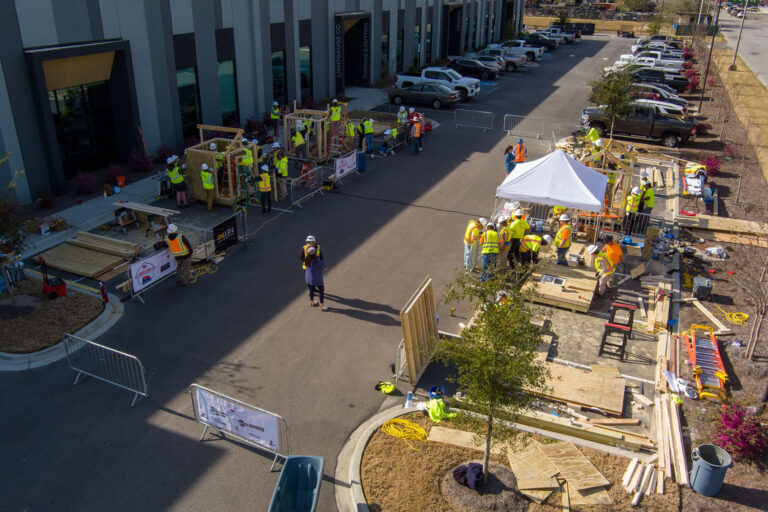Advocacy has long been the purview of trade associations across the country. It’s an umbrella term, encompassing a large swath of responsibilities ranging from support services and education to public communication and legislative concerns, all in the name of bolstering an industry, helping it grow and flourish. Indiana Constructors Inc. (ICI) does all this and more as the voice of the highway, heavy, and utility construction industry in the state of Indiana. The association is celebrating its centennial in 2024, 100 years of advocating for the industry that maintains the vital highways and bridges at the “Crossroads of America”. As it moves into the second century of its existence, there are new challenges facing the industry that require different solutions. And ICI is tackling them head on.
Classically, ICI has bent its efforts towards illuminating the net positives the industry brings to the public and offering support and protection to its members. Working frequently with the Indiana Department of Transportation (INDOT), ICI’s contractor members are largely responsible for building and maintaining the vast, interconnected network of highways and bridges that act as the arteries guiding the country’s food and materials to all points of the compass. According to ICI President, Richard Hedgecock, “We have a total of about 200 members. 60% or so are contractors and, with regard to state highway construction work, our membership historically does close to 90% of INDOT’s work. Indiana is a large agriculture state and there is a great urgency to move those products down our highways. When we have 14 active Interstate routes in Indiana, a state that doesn’t have a huge physical footprint, it’s pretty significant.” This, of course, requires a robust workforce capable of handling the sizeable amount of work required to maintain the state’s infrastructure. In the last handful of years, there has been a growing recognition that one of the biggest difficulties now facing the industry is one everyone is dealing with – a need for more manpower.

When you get down to brass tacks, it’s just a math problem. Or, more accurately, as Hedgecock says, “Really, it’s a demographic thing.” Put simply, the Baby Boom generation is in the midst of retirement and the pool of available talent behind them just isn’t as big. Also, it was previously more common for a son to follow a father into the industry, or some other mechanism of familiarity guided people towards these jobs. There are, however, more options available to people than ever before. That, combined with the smaller talent pool, has left ICI thinking deeply about the best way forward. How to encourage more young people into an industry that offers a chance at a long and meaningful career in a changing society? Enter Eric Fisher.
Recently hired by ICI as the Director of Talent Development, Eric came aboard on the back of a wildly successful civil construction education program he rolled out at Hamilton Heights High School, just north of Indianapolis. With most of the public, there is a general lack of awareness about careers in the civil construction industry. This is one of those seemingly banal, but quietly insidious problems that isn’t really the fault of anyone in particular, but if left alone can become devastating. Broadly speaking, when young people think of construction as a job or industry, they think of what Eric calls the “vertical” side of things; after all, everyone sees houses and buildings being erected somewhere in their vicinity nearly every day. There are, perhaps, some connotations that go alongside that picture, and it may not conjure up the notion of a meaningful career to an 18-year-old wondering what to do with the next 40 or 50 years of their life. They might not even know that civil construction is an actual industry, separate and apart from the vertical side of things. This is what Eric is starting to change.
“With ICI’s centennial celebrations planned for 2024, you can be sure the association will continue to focus on expanding awareness about the industry across the state.”
As Eric describes, “Two years ago, in the middle of pandemic, we pushed out a civil construction pathway for our students. And this was industry driven. It was contractors in my community that wanted to have a voice in high school construction education. Our model wasn’t a traditional vocational model where students go out to a training center. We kept students on-site and once they traveled through the pathway and got into their senior year, they performed a work-based learning experience directly with contractors. So now, the contractors have built a connection with those students, those families, before they graduate.” The fact of the matter is the high school construction education curriculum was monopolized by the vertical side of the industry, and civil, or horizontal construction, desperately needed some illumination. The results Eric got were immediate and serious.
“The interest in this program, the outreach from the industry, just became immense as far as the desire to become direct participants in the program. Comparing our horizontal to our vertical construction partners, it was five to one as far as the interest. Once the industry found out we were conducting hands-on activities related to road and bridge building and infrastructure, it was constant communication.” The success of the program was swift enough to roll it out to another high school immediately with plans for five more coming next year. With Eric now on board, ICI is intent on bringing civil construction out of the shadows and into the forefront of young people’s minds as they venture forth in search of careers. This is what ICI wants to stress to students: The highway construction industry isn’t just another way to make money, it’s a place where there’s a path to meaning and long-term satisfaction. As Eric summed it up, “We had a young construction superintendent in the northern part of the state, and she said the traditional pathway is providing opportunity for a job. With the civil pathway, because we’re expanding their world to laying asphalt, pouring concrete, surveying, material testing, erosion control, bridge inspection, you’re opening up opportunities for a career. And so that is exactly what we’ve done with this pathway; students can explore and find a career.”

Photo by Sara Marshall 
Photo by Andrea Hine
With ICI’s centennial celebrations planned for 2024, you can be sure the association will continue to focus on expanding awareness about the industry across the state. One of the pillars of the Centennial will be education, and ICI is already laying the groundwork for this area of emphasis. The association is writing a book about the history of the state’s road construction industry, vetted, and published through the Indiana Historical Society. In addition, it’s creating a traveling exhibit that will move around the state in 2024, visiting civic groups, local museums, and different organizations along the way. All in the name of educating people about those arteries of connection they drive over every day and might not ever think about.
ICI has also spent the last few years working on enhancing communication and facilitation between itself and its partners, be it their partner state agencies or other industry folk. Hedgecock explained, “We have formed something we call the Indiana Transportation Team, and each of the six INDOT Districts has a steering committee made up of people in the design engineering community, the construction community, and the DoT. They work on solving problems within the industry, building better communication and trying to address challenges before they become problems.” And that’s the trick, moving forward. As the guiding light of the civil construction transportation industry in Indiana, ICI will be proactive in making sure people understand the value of what its members do and how anyone can be a part of building a better future for themselves and their community, in a career to really care about.









